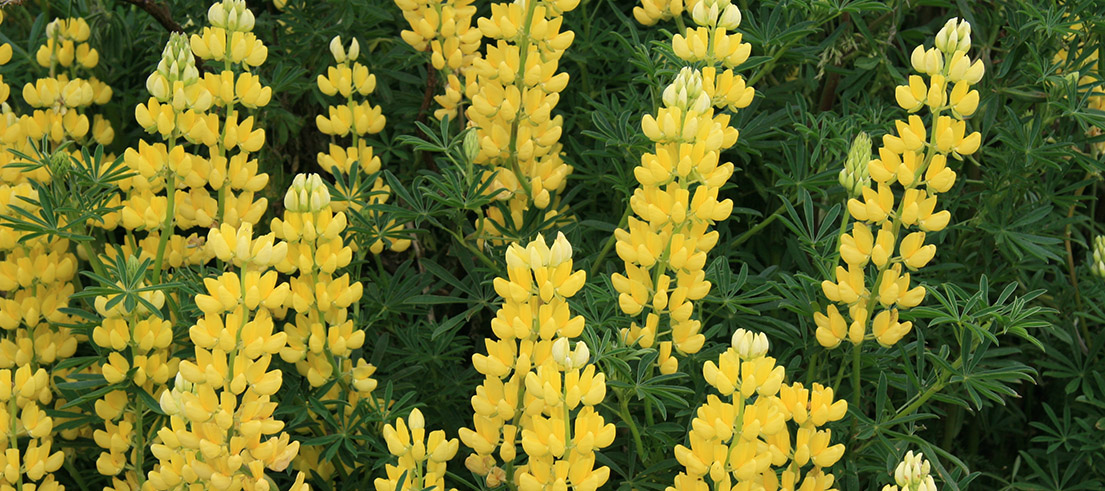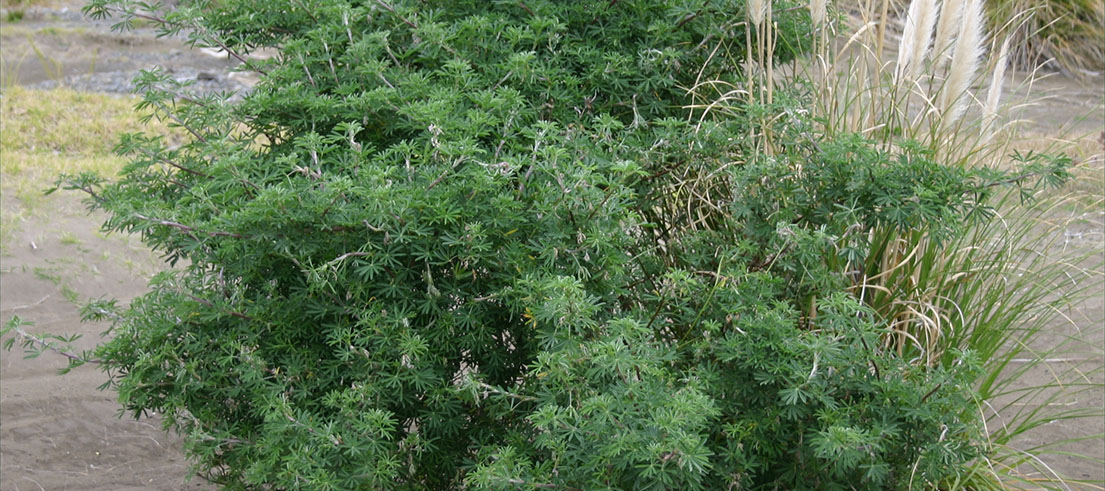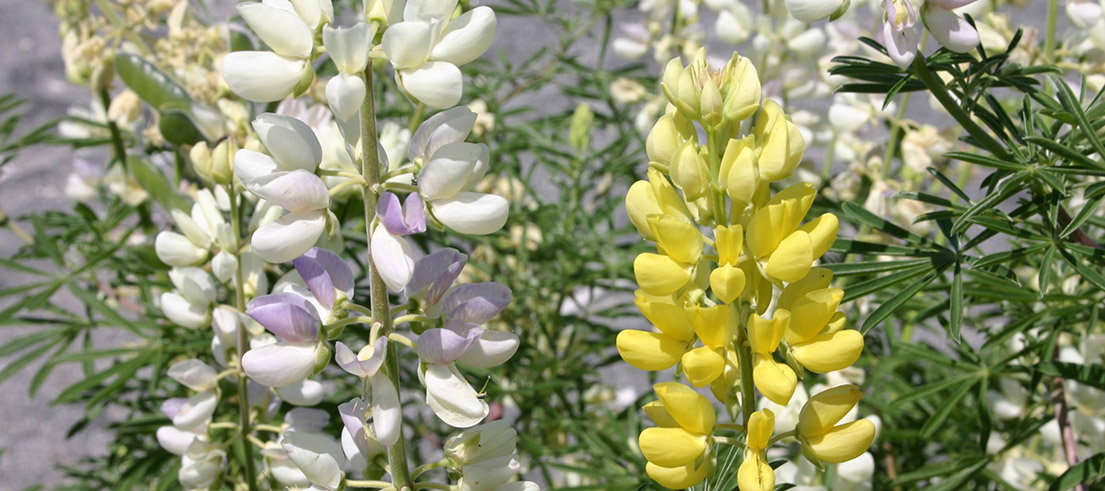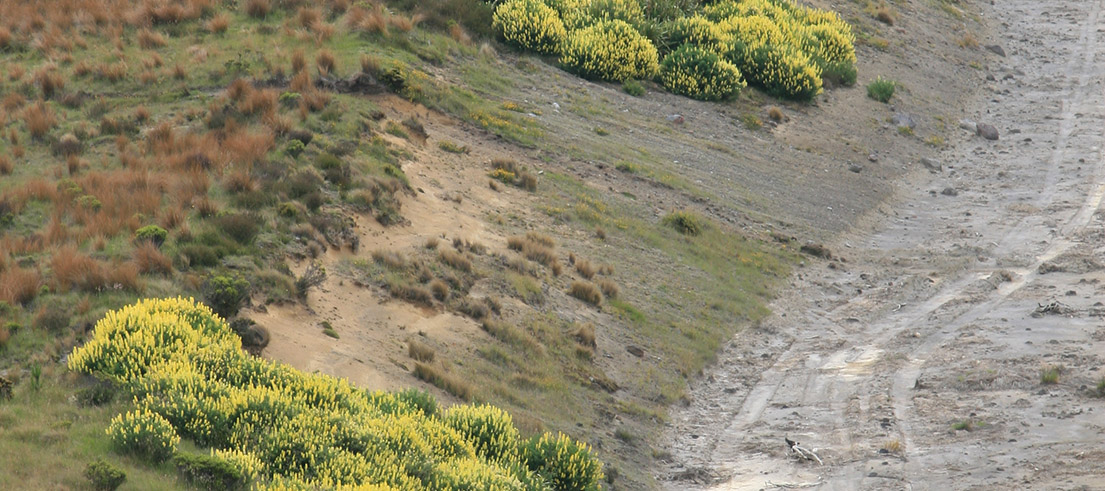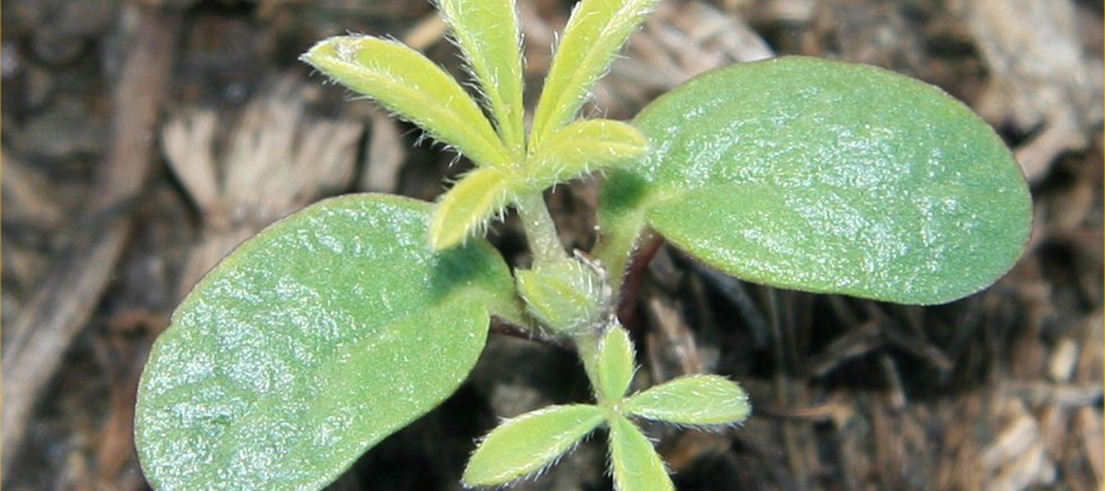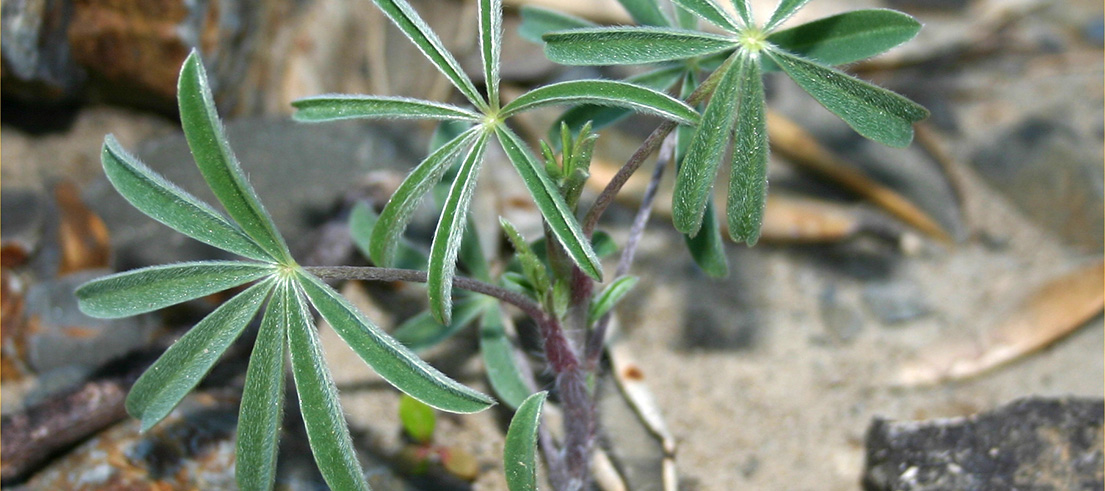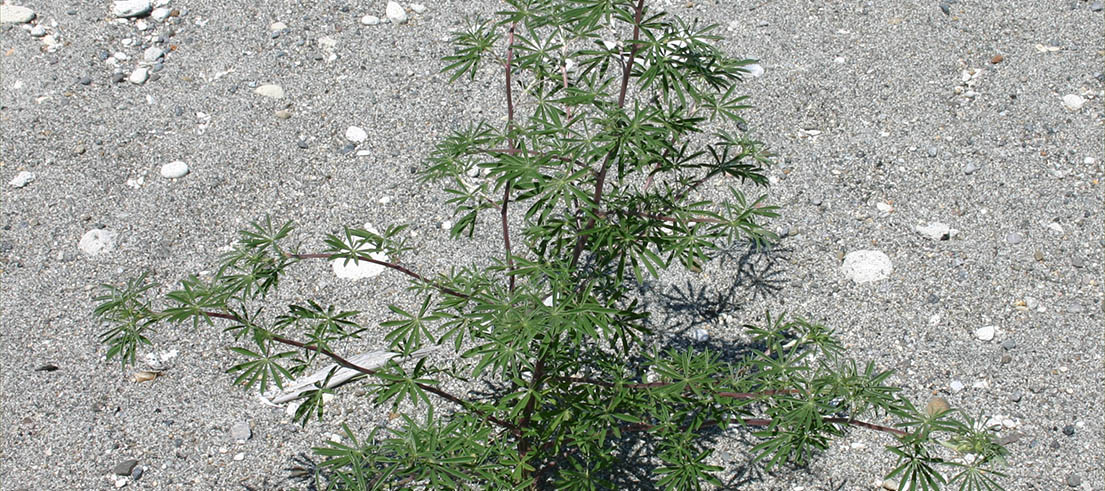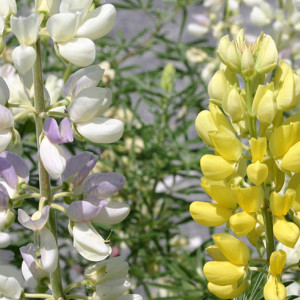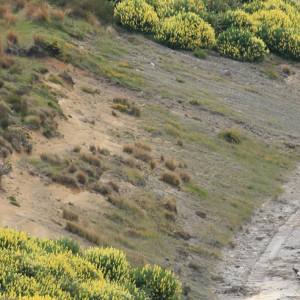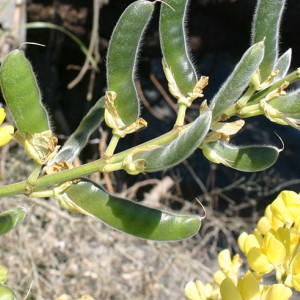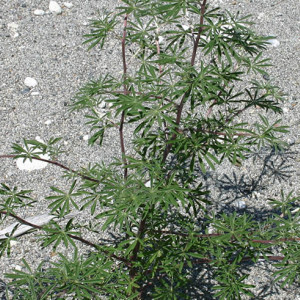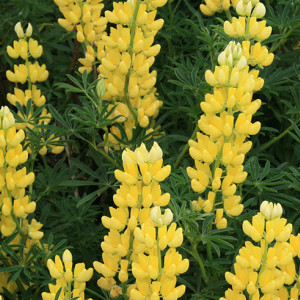Tree lupin is a perennial shrub less than 3m tall with bright yellow flowers. It outcompetes native plants and is generally avoided by stock.
Description
- Leaves are grey-green, hairless on top with silky undersides and 5-11 leaflets.
- Flowers are yellow, pea-like, less than 18mm long and occur mid-spring to mid-autumn.
- Seed pods are less than 8cm long.
- Seeds are dispersed by exploding seed pods, water and soil movement.
- Habitats include open and well-drained habitats, coastal areas, sand dunes, forest edges, riverbeds, wastelands, and cliffs.
What you need to know
Outcompetes native plants, particularly in coastal habitats. May alter nutrient cycling by fixing nitrogen and facilitate the establishment and seed set of exotic plants. Tolerates grazing but is generally avoided by stock.
Management approach
Community led
These organisms have not been legally declared as pests but may be of interest to the public as they occur regularly in the environment. They may be capable of causing adverse effects to the values of Waitaha/Canterbury.
Consider removing this invasive species from your property and consult your local council for appropriate disposal. Consider lower-risk alternatives for your garden, such as native plants.
Control
Site management
Follow up treated areas three times per year. Encourage natural regeneration of native plants or replant treated areas where possible after two to three treatments to establish dense ground cover and minimise reinvasion.
Physical control
Dig or pull plants out.
Plant parts requiring disposal: seeds.
Contact your local council for appropriate disposal locations.
Chemical control
No qualifications: Cut stump and paste freshly cut base of stems with double-strength glyphosate gel. Cut the stump and spray the freshly cut base with 200ml glyphosate per 1L of water.
Certified handler/experienced agrichemical user: Foliar spray with 100ml glyphosate per 10L of water and 20ml penetrant.
Caution: When using any herbicide or pesticide please read the label thoroughly to ensure that all instructions and safety requirements are followed.
Biological control
Biological control is currently not available for this species.

